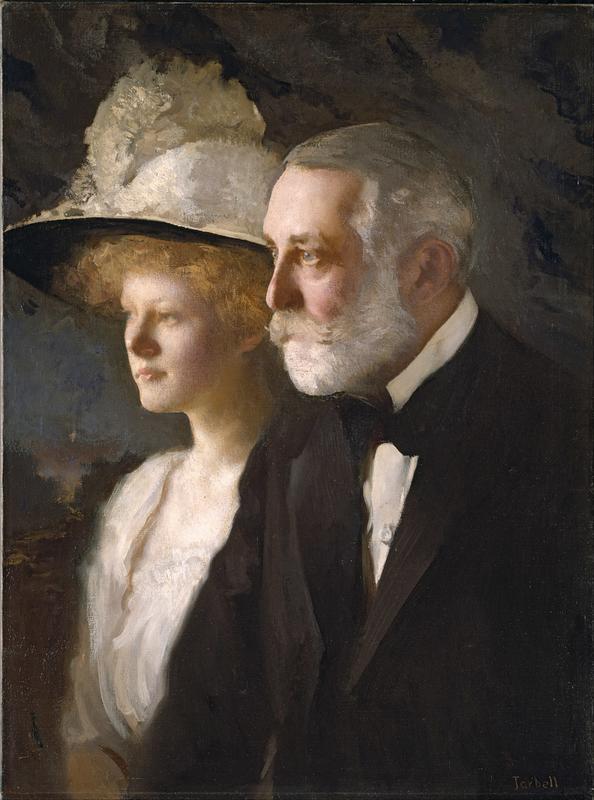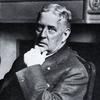More about Henry Clay and Helen Frick

Sr. Contributor
Henry Clay and Helen Frick hide their racism and slave-driving tendencies with philanthropy.
This father-daughter portrait features steel industrialist, millionaire, art lover and once the most hated man in America, Mr. Henry Clay Frick, along with his 22 year old daughter Helen Clay Frick. Founder of the Frick Collection in New York City, Henry Clay Frick was perhaps best remembered by his contemporary public as the man who despised unions and called in the Pinkertons to shoot protestors during the 1892 Homestead Strike. Norma Rae would not approve.
The old man depicted above may look more like a skinny Santa Claus than a slave driving steel tycoon; this is likely because his most beloved child Helen always enlarged his Grinchy heart. He and Helen were so involved in each other’s lives that when Frick forbade Helen from ever marrying, rather than yelling, “You can’t tell me what to do old man!” (you know…the natural reaction), she obeyed him.
Seems creepy, right? Sadly, Frick’s zeal towards Helen likely stemmed from the tragic loss of his first daughter Martha. As a young girl Martha swallowed a pin and when doctors attempted to remove the object she died of an infection caused by their unsterilized medical instruments. Ah, old timey medicine.
After her father died and made her “America’s Richest Bachelorette,” Helen devoted herself to elevating his reputation by perpetuating his philanthropic and artistic endeavors. Between being on the board at the Frick Collection, founding public parks and houses at which her mill-workers could chill, suing anyone who dared throw shade at her father’s name, and creating the Frick Art Reference Library, she probably wouldn’t have had time for a husband even if her father’s memory wasn’t hanging around telling her to knock off the hanky-panky.
The Frick Reference Library was Helen’s crowning glory and is still considered one of the best art reference libraries in the country. During WWII, it was used to locate where priceless art was stored so the Allies could avoid bombing any masterpieces. This would be much cooler if it weren’t tinged with some questionable business practices on Helen’s part.
In Helen’s eyes she was a defender of traditional values and beauty. From a modern perspective she was kind of a racist. Like your grandpa after his third glass of scotch, she thought F.D.R. was a communist and that modern art was an abomination. She banned Germans from entering the Reference Library or being hired at the Pitt’s Fine Arts school and once offered to loan Nixon one of the family dining sets but only if he agreed not to let any Germans or commies touch the china. Daddy would have been proud.











